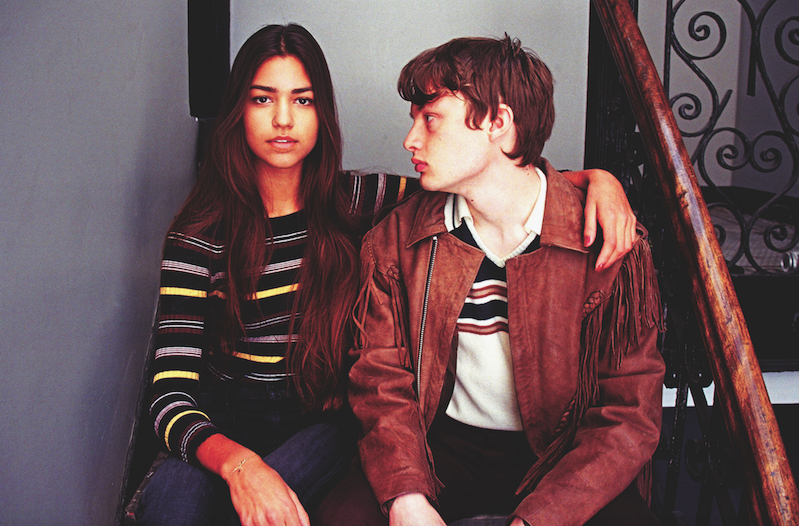Second-Wave Feminism
“I am woman, hear me roar.”
These commanding lyrics from Helen Reddy’s 1972 pop anthem encapsulate the feminist attitude, which multiplied throughout the 1970s. The 1970s feminist grew increasingly aware of her oppression and the silencing of her voice, amplifying her want and need to violently break out of the mold of the stereotypical, submissive woman.
As feminism moved away from inequality issues such as suffrage and property ownership, broader issues such as sexuality, family and reproductive rights took center stage. Fashion proved itself as one of the most powerful and effective ways for a woman to safely illustrate her independence and reveal her sexual freedom.
After the passing of the Civil Rights Act of 1964, which — specifically in Title VII— prohibits gender discrimination during the employment process, feminists sought to resolve sexuality and exploitation issues within the workplace. Flight attendants began to use Title VII to combat sexist rules, such as mandatory retirement for women in their thirties and the prohibition of continuing work as an attendant once married. These National Airlines flight attendants, often forced to wear buttons with the slogan “Fly Me,” grouped together to resist man’s attempt to sexualize the workers’ uniforms for male satisfaction. Instead, these women responded to their exploitation by replacing the button’s slogan with “Go Fly Yourself.”
This independent attitude reflected itself through the evolution of women’s fashion from conservative in the 1960s to rebellious, casual and chic in the ‘70s. In 1972, casual sportswear gained rapid popularity, as it enabled the busy, modern woman to appear effortlessly at ease, while simultaneously ensuring its functionality within the workplace. In 1974, Diane von Furstenberg designed her infamous wrap dress. The wrap dress began to symbolize women’s empowerment and liberation, as the dress allowed the working woman to maintain her professional functionality, while the v-shaped neckline and curve-hugging waist tie simultaneously accentuated the femininity of every woman’s body.Alongside the development of the working world, the 1970s
Alongside the development of the working world, the 1970s experienced a power shift from the moralities rooted in Christian tradition towards permissive societies, which reveled in greater sexual freedom and experimentation. Feminists insisted upon sexual liberation for women on both the physical and psychological level. An acceptance of sex outside of the traditional heterosexual, monogamous relationship followed the development of birth control in 1960. The pill provided women with the opportunity to prevent pregnancy, no longer forcing them into early motherhood. Instead they were granted with the freedom to pursue a higher education and a greater career. With the help of a contraceptive, a woman was not only entitled to economic independence, but was also at liberty to embrace her sexuality.Experimentation with sexuality and promiscuity found its
Experimentation with sexuality and promiscuity found its outlet in the form of midi-skirts, emphasizing the midriff, waist and hips of a woman’s body. Knee-high boots, often paired with these skirts, worked to lengthen female legs. The celebration of form-fitting garments characterized sexual liberation, ranging in forms from tight bell-bottoms to the infamous short-shorts known as “hot pants.” While many feminists condemned the popularity of sexy fashions, other women believed in their personal right to claim ownership of their bodies by accentuating the female figure in whatever way they deemed fit. The legacy and strength of the historical liberation movement remains forever encapsulated within the chic, casual styles of the 1970s fashion industries.
Email Carson Kessler at [email protected].























































































































































